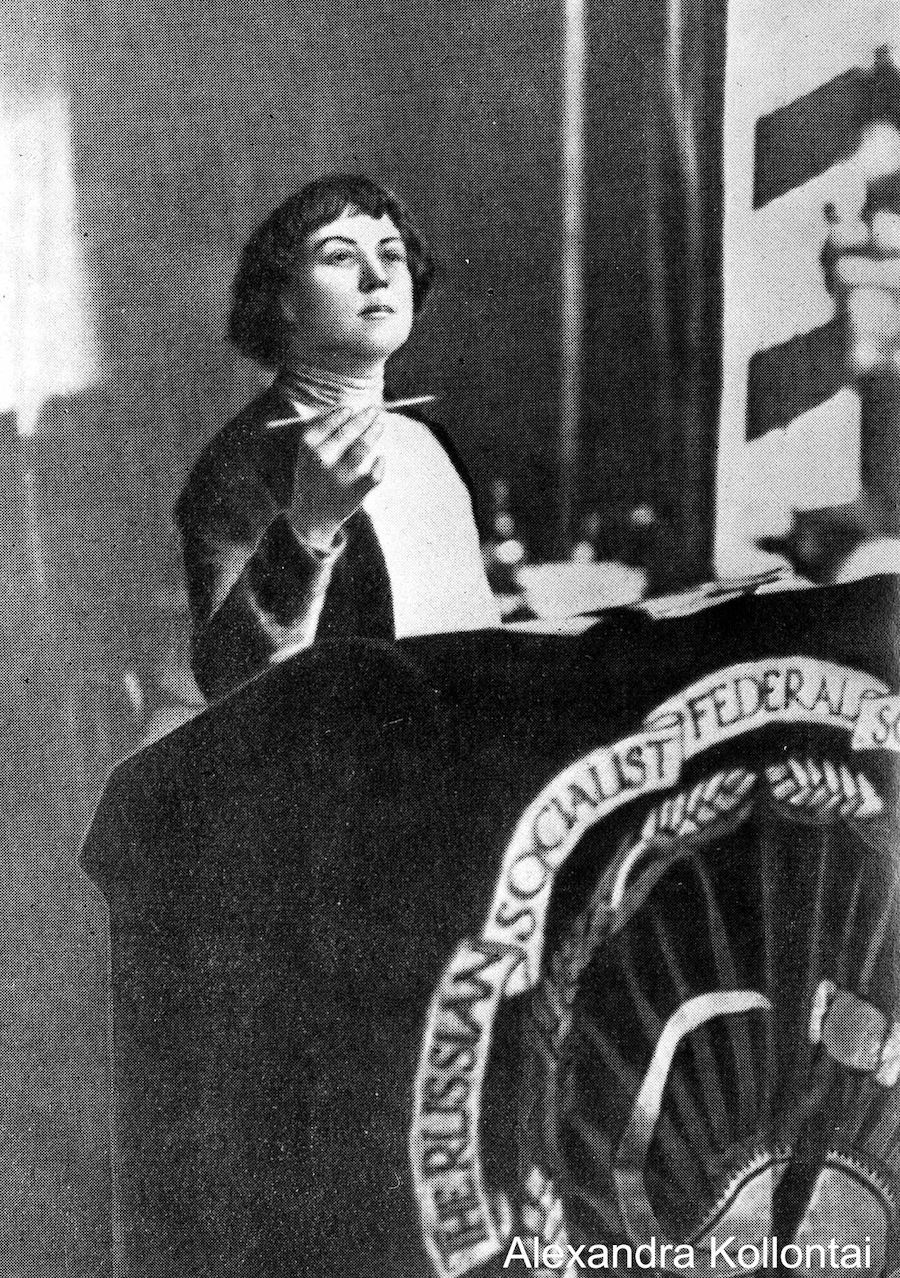Outside Europe, nations floundering in virus' first wave
Issued on: 01/07/2020 -

Health experts say the world must urgently help nations battling the virus Arun SANKAR AFP/File
WHO WILL HELP THE GOOD OLD USA
Paris (AFP)
As Europe begins its cautious reopening after weathering the pandemic's first wave in lockdown, many developing and middle-income countries continue to be battered by skyrocketing numbers of COVID-19 cases.
With infections still growing daily in India, Bangladesh, Indonesia and Nigeria among others, health experts warn that before the world can start buttressing for COVID-19's much-feared "second wave", it must help nations battling the virus now.
The World Health Organization warned this week that the pandemic was "not even close to being over" even as European nations reopen their borders and millions head back to work.
Trudie Lang, director of The Global Health Network at the University of Oxford's Nuffield Department of Medicine, described the trend as "really quite worrying".
"Even though the numbers might not be completely accurate because we've not tested so many, the curve is still the same shape," Lang told AFP.
When COVID-19 emerged in China late last year, the government in Beijing rapidly imposed stringent lockdown measures in a bid to contain the outbreak.
When in February European nations such as Italy and Spain uncovered clusters of the virus, they too adopted unprecedented limits on individual movement that eventually flattened the curve of new infections.
Anant Bhan, a researcher in bioethics and public health policy, said heavily populated and decentralised countries such as India are struggling to keep lockdown measures effectively.
"That makes it a bit more challenging for the healthcare system," he told AFP.
"We might not have one peak, we might have multiple peaks because the spread of infection is variable across the country."
- 'Far from peak' -
For Azra Ghani, professor of Infectious Disease Epidemiology at Imperial College London, the delayed rise in COVID-19 cases shows in part how successful countries have been until now in limiting the virus' spread.
"If you go back a few months there was a large seeding into Europe and that caused widespread epidemics there," she told AFP.
"All these countries saw what was happening in Europe and reacted. The lockdowns appeared at a relatively early stage of epidemics.
"As they've been coming out of lockdowns we're seeing infections building up in the same way it had initially in Europe, starting to spread in South America, India, Pakistan, Bangladesh," Ghani explained.
For example Indonesia, the fourth most populous country on Earth, is registering around 1,000 new cases daily even as it eases lockdown measures.
Hermawan Saputra, a public health expert at the Indonesian Public Health Association, told AFP the country was "still far from the peak of the pandemic".
Experts previously predicted the outbreak to peak in July.
"But since Jakarta has relaxed (lockdown) we think the peak will be reached in August or September," said Saputra.
"This is honestly terrifying. Easing was premature and people misunderstood it as meaning they had complete freedom -- that's wrong."
In Afghanistan, which has more than 30,000 confirmed cases, restrictions on movement are still in place.
But the public doesn't appear to be getting the message, according to senior health official Ataullah Saeedzai.
"The lockdown is still in place, but people are not taking it seriously," he told AFP.
"People are not observing the lockdown, people are not observing social distancing."
- Health systems stretched -
More worrying perhaps is that COVID-19 is now inundating countries whose health systems were lacking even before needing to respond to a pandemic.
Nigeria, Africa's most populous nation as home to more than 200 million, is registering 600-700 new cases a day. The government said in April its intensive care capacity stood at just 350 beds.
Kema Onu, who works in Abuja for the AIDS Health Foundation, said Nigeria's health system was "not properly equipped" to deal with COVID-19.
"How many ventilators do we have in the country to take care of people who are critically in need of it?" he told AFP.
"It would amaze you that even if you walk into major health care facilities here in Abuja, the prevention and control plan is not completely in place. The health system is a total shambles."
In Pakistan, which has registered more than 200,000 cases, the central government has resisted nationwide lockdown measures, relying instead on local authorities to implement a patchwork of interventions.
While the country has nearly 9,000 oxygenated ICU beds, Qaisar Sajjad, secretary general of the Pakistan Medical Association, told AFP the health system was on the brink of "collapse".
"Even after months into this crisis our hospitals still lack some of the very basic facilities. We lack in both technical equipment as well as human resources," he said.
And in Bangladesh, which an estimated additional 4,000 ICU beds to deal with COVID-19, hospitals are already facing oxygen shortages.
"We are still at the climbing stage of the transmission," said Muzaherul Huq, a former head of the government institute of epidemiology and a former WHO senior official, adding many hospitals lack a centralised oxygen system.
The virus has also begun to spread in the country's vast cramped refugee camps that house almost one million Rohingya refugees, most of whom fled neighbouring Myanmar following a 2017 military crackdown.
- 'Early days' -
And as it circulates in developing nations, the virus is targeting communities already hard hit by other diseases such as tuberculosis and HIV/AIDS.
Ghani said a number of vaccination programmes effecting millions of children had been interrupted by the pandemic. There is also growing evidence that women in heavily affected countries are seeking to give birth at home rather than risk catching the virus in hospital.
"Many countries are already seeing overwhelmed hospital capacities and if they are over capacity for one disease that inevitably means other diseases are not being treated," she said.
As researchers scramble to find a COVID-19 vaccine, Lang said that poorer communities that traditionally lacked access to inoculations for other illnesses were at risk of missing out again.
"Say we end up with a vaccine that's quite expensive and requires two or three doses," she said. "What chance really is there of that getting everywhere?
"The ideal vaccine works perfectly with one dose and is cheap. Remove any of those elements and you increase the risk that it won't be distributed equitably around the globe."
As much of Europe girds itself for a second COVID-19 spike, Ghani said the disease was likely to progress at different rates across the world, making its burden more like a continuum than a series of waves.
"It's still early days -- most countries we won't have got more than 10-20 percent of the population infected and that's a long way off the level of spread that this virus could generate," she said.
"We're going to see this virus circulate until at least the end of the year and that poses a constant risk of reinfection whenever interventions are relaxed."
burs-pg/klm/txw
© 2020 AFP
WHO WILL HELP THE GOOD OLD USA
Paris (AFP)
As Europe begins its cautious reopening after weathering the pandemic's first wave in lockdown, many developing and middle-income countries continue to be battered by skyrocketing numbers of COVID-19 cases.
With infections still growing daily in India, Bangladesh, Indonesia and Nigeria among others, health experts warn that before the world can start buttressing for COVID-19's much-feared "second wave", it must help nations battling the virus now.
The World Health Organization warned this week that the pandemic was "not even close to being over" even as European nations reopen their borders and millions head back to work.
- 'Quite worrying' -While the United States has had by far the highest caseload, there are growing fears over the fate of hugely populous nations whose COVID-19 curve is pointing inexorably upwards.India for example now has more than 566,000 confirmed cases and is registering nearly 20,000 new infections every day.Mexico has more than 220,000 confirmed cases, Pakistan nearly 210,000, and Bangladesh more than 150,000, with little sign of new infections slowing.
Trudie Lang, director of The Global Health Network at the University of Oxford's Nuffield Department of Medicine, described the trend as "really quite worrying".
"Even though the numbers might not be completely accurate because we've not tested so many, the curve is still the same shape," Lang told AFP.
When COVID-19 emerged in China late last year, the government in Beijing rapidly imposed stringent lockdown measures in a bid to contain the outbreak.
When in February European nations such as Italy and Spain uncovered clusters of the virus, they too adopted unprecedented limits on individual movement that eventually flattened the curve of new infections.
Anant Bhan, a researcher in bioethics and public health policy, said heavily populated and decentralised countries such as India are struggling to keep lockdown measures effectively.
"That makes it a bit more challenging for the healthcare system," he told AFP.
"We might not have one peak, we might have multiple peaks because the spread of infection is variable across the country."
- 'Far from peak' -
For Azra Ghani, professor of Infectious Disease Epidemiology at Imperial College London, the delayed rise in COVID-19 cases shows in part how successful countries have been until now in limiting the virus' spread.
"If you go back a few months there was a large seeding into Europe and that caused widespread epidemics there," she told AFP.
"All these countries saw what was happening in Europe and reacted. The lockdowns appeared at a relatively early stage of epidemics.
"As they've been coming out of lockdowns we're seeing infections building up in the same way it had initially in Europe, starting to spread in South America, India, Pakistan, Bangladesh," Ghani explained.
For example Indonesia, the fourth most populous country on Earth, is registering around 1,000 new cases daily even as it eases lockdown measures.
Hermawan Saputra, a public health expert at the Indonesian Public Health Association, told AFP the country was "still far from the peak of the pandemic".
Experts previously predicted the outbreak to peak in July.
"But since Jakarta has relaxed (lockdown) we think the peak will be reached in August or September," said Saputra.
"This is honestly terrifying. Easing was premature and people misunderstood it as meaning they had complete freedom -- that's wrong."
In Afghanistan, which has more than 30,000 confirmed cases, restrictions on movement are still in place.
But the public doesn't appear to be getting the message, according to senior health official Ataullah Saeedzai.
"The lockdown is still in place, but people are not taking it seriously," he told AFP.
"People are not observing the lockdown, people are not observing social distancing."
- Health systems stretched -
More worrying perhaps is that COVID-19 is now inundating countries whose health systems were lacking even before needing to respond to a pandemic.
Nigeria, Africa's most populous nation as home to more than 200 million, is registering 600-700 new cases a day. The government said in April its intensive care capacity stood at just 350 beds.
Kema Onu, who works in Abuja for the AIDS Health Foundation, said Nigeria's health system was "not properly equipped" to deal with COVID-19.
"How many ventilators do we have in the country to take care of people who are critically in need of it?" he told AFP.
"It would amaze you that even if you walk into major health care facilities here in Abuja, the prevention and control plan is not completely in place. The health system is a total shambles."
In Pakistan, which has registered more than 200,000 cases, the central government has resisted nationwide lockdown measures, relying instead on local authorities to implement a patchwork of interventions.
While the country has nearly 9,000 oxygenated ICU beds, Qaisar Sajjad, secretary general of the Pakistan Medical Association, told AFP the health system was on the brink of "collapse".
"Even after months into this crisis our hospitals still lack some of the very basic facilities. We lack in both technical equipment as well as human resources," he said.
And in Bangladesh, which an estimated additional 4,000 ICU beds to deal with COVID-19, hospitals are already facing oxygen shortages.
"We are still at the climbing stage of the transmission," said Muzaherul Huq, a former head of the government institute of epidemiology and a former WHO senior official, adding many hospitals lack a centralised oxygen system.
The virus has also begun to spread in the country's vast cramped refugee camps that house almost one million Rohingya refugees, most of whom fled neighbouring Myanmar following a 2017 military crackdown.
- 'Early days' -
And as it circulates in developing nations, the virus is targeting communities already hard hit by other diseases such as tuberculosis and HIV/AIDS.
Ghani said a number of vaccination programmes effecting millions of children had been interrupted by the pandemic. There is also growing evidence that women in heavily affected countries are seeking to give birth at home rather than risk catching the virus in hospital.
"Many countries are already seeing overwhelmed hospital capacities and if they are over capacity for one disease that inevitably means other diseases are not being treated," she said.
As researchers scramble to find a COVID-19 vaccine, Lang said that poorer communities that traditionally lacked access to inoculations for other illnesses were at risk of missing out again.
"Say we end up with a vaccine that's quite expensive and requires two or three doses," she said. "What chance really is there of that getting everywhere?
"The ideal vaccine works perfectly with one dose and is cheap. Remove any of those elements and you increase the risk that it won't be distributed equitably around the globe."
As much of Europe girds itself for a second COVID-19 spike, Ghani said the disease was likely to progress at different rates across the world, making its burden more like a continuum than a series of waves.
"It's still early days -- most countries we won't have got more than 10-20 percent of the population infected and that's a long way off the level of spread that this virus could generate," she said.
"We're going to see this virus circulate until at least the end of the year and that poses a constant risk of reinfection whenever interventions are relaxed."
burs-pg/klm/txw
© 2020 AFP

























